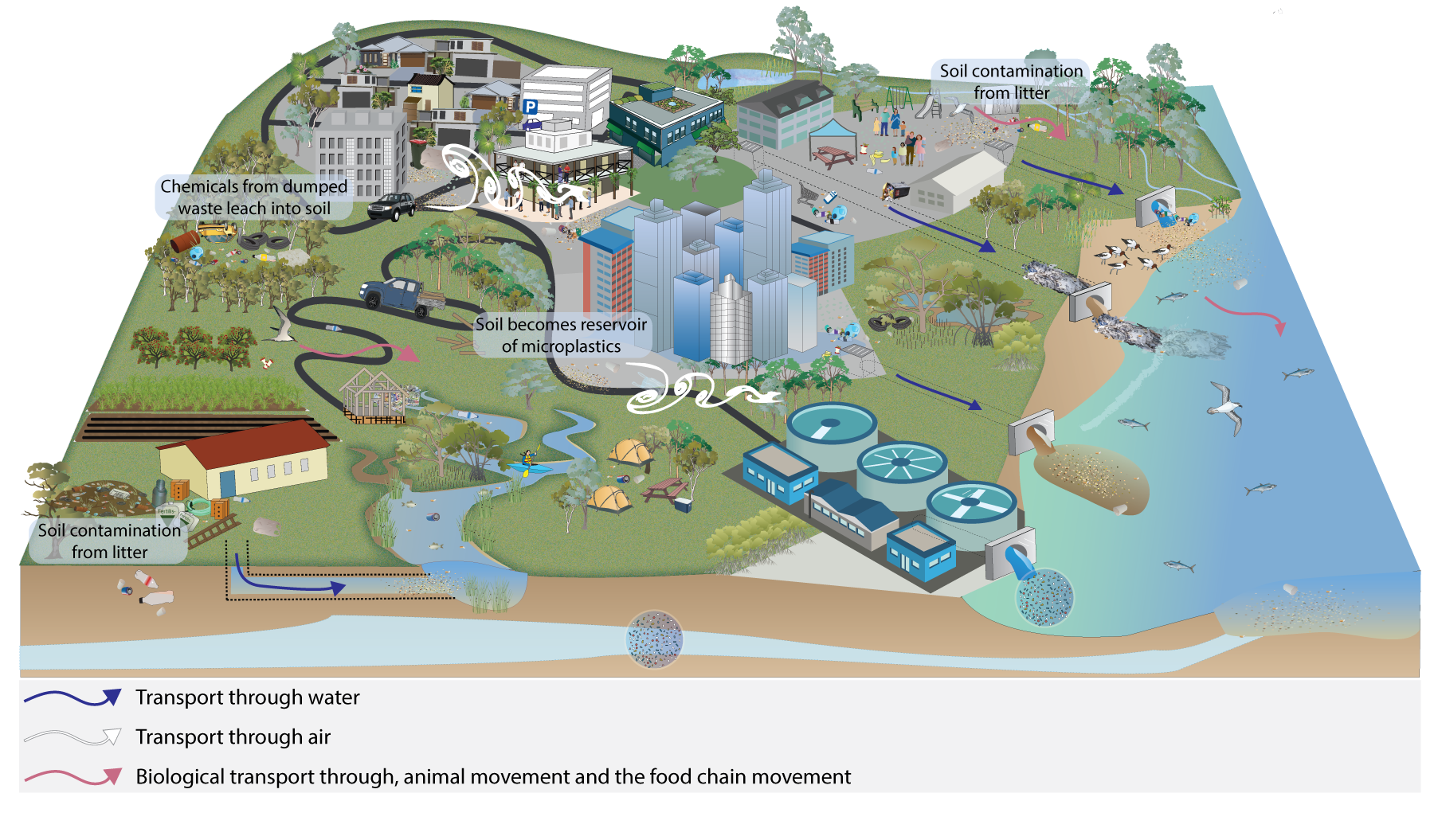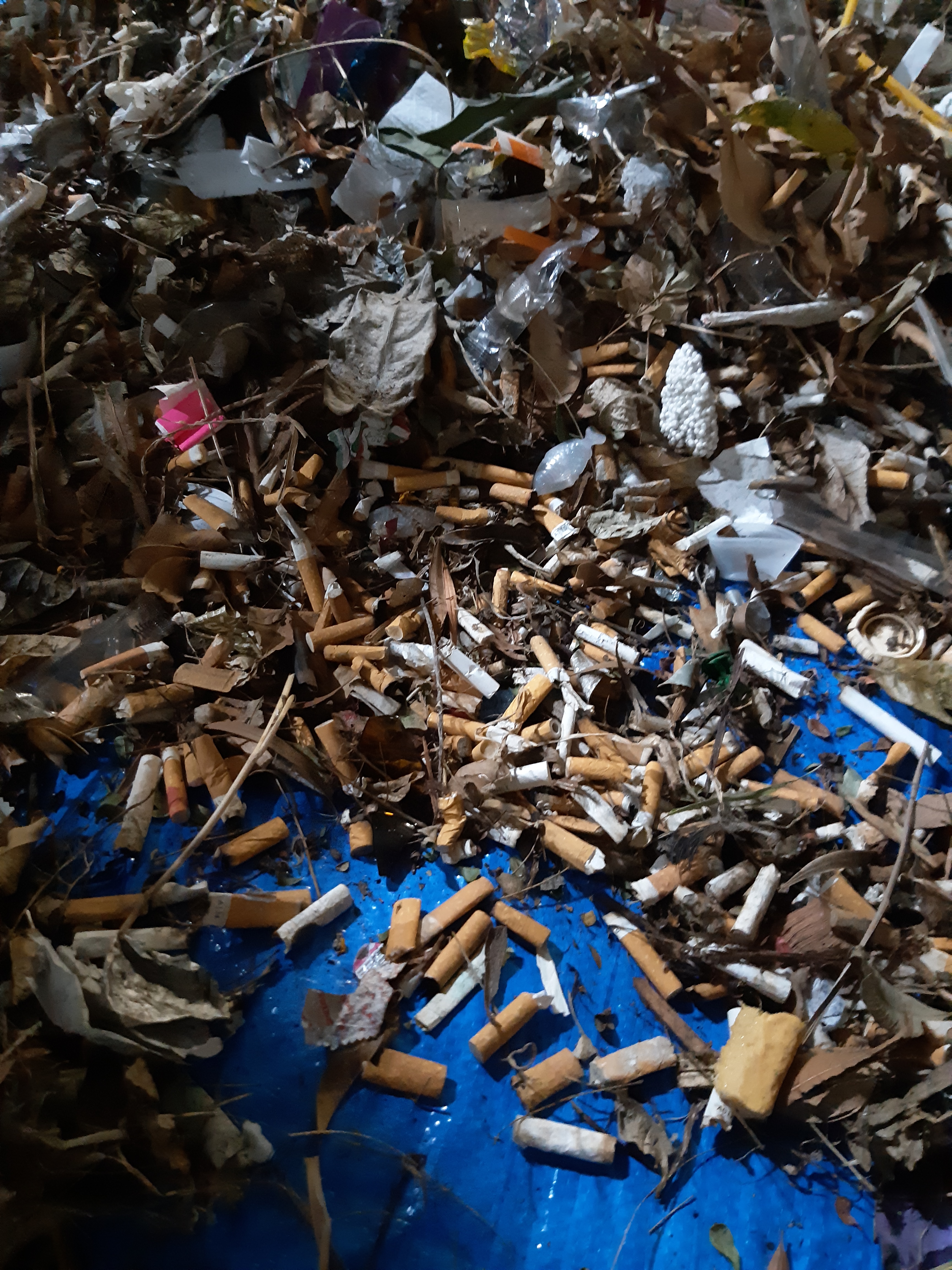|
|
LandLand Litter and illegally dumped waste can severely impact land and land uses. For example, abnormal concentrations of heavy metals, hydrocarbons, nitrogen, solvents and gasoline can be toxic in soils, adversely affecting plant growth, soil microbial diversity and activity[6]. Even old mattresses can contain substances, such as formaldehyde, that can leach into soils.
Cigarette butts continue to be the most littered item in Queensland. The Queensland Government commissioned comprehensive data collection and analysis of littered waste (other than cigarette butts) before and after the introduction of the the container refund scheme. Beverage containers, straws and takeaway containers were the most consistently littered items[1]. Soil contamination can also occur from e-waste products, and can impact plants, animals and water due to the presence of heavy metals such as lead, cadmium and chromium[3]. The issue of microplastics in soils and other terrestrial systems continues to be addressed. There is evidence that soils may represent the largest global reservoirs of micro plastic, including nanoplastic[5]. This means that soils present many potential ways of exposing wildlife and humans to microplastics and nanoplastics. Plastics in soil can come from many sources, including microplastics in waste water, microplastics that blow off landfill sites and mulched plastic on agricultural fields. A literature review reported that virtually all agricultural soils, (including arable lands, paddy lands, uplands, irrigation, and greenhouse soils), receive various sources of plastic contaminants[4] References
Last updated: 23 April 2025 This page should be cited as: Department of Environment, Science and Innovation, Queensland (2025) Land, WetlandInfo website, accessed 8 May 2025. Available at: https://wetlandinfo.des.qld.gov.au/wetlands/management/pressures/litter-illegal-dumping/sinks/land/ |

 — Department of the Environment, Tourism, Science and Innovation
— Department of the Environment, Tourism, Science and Innovation


